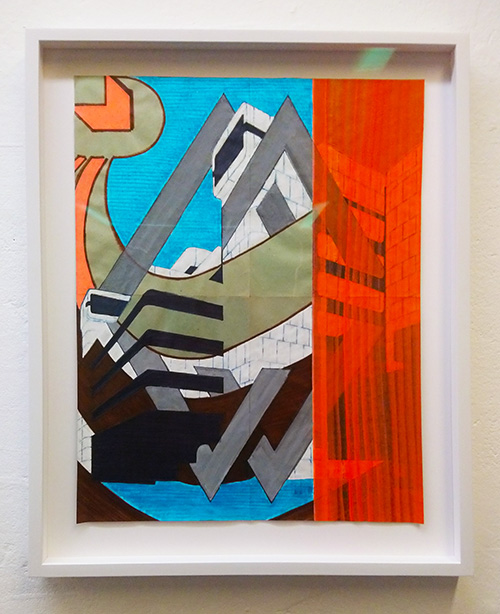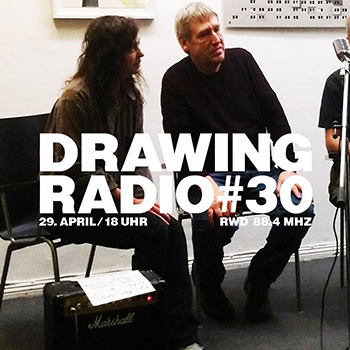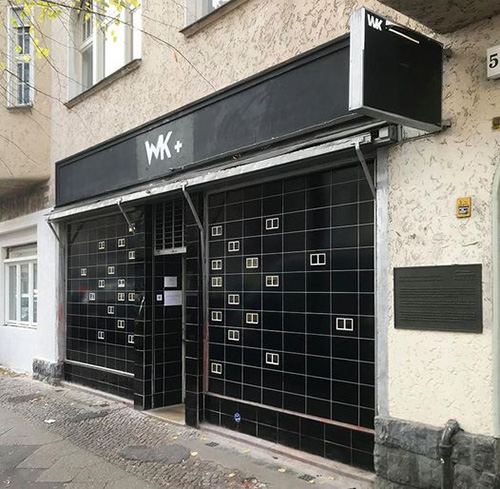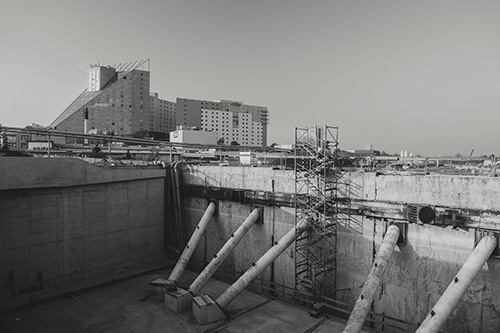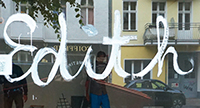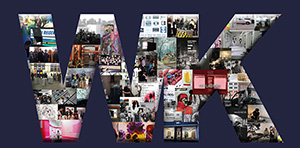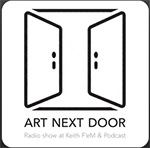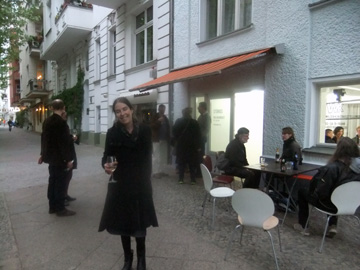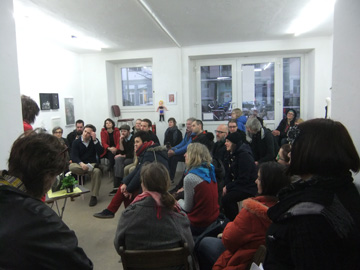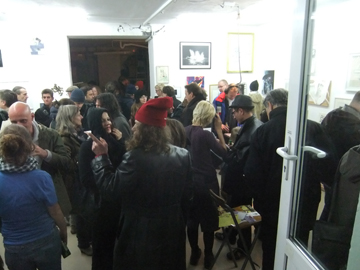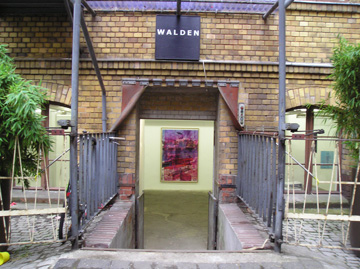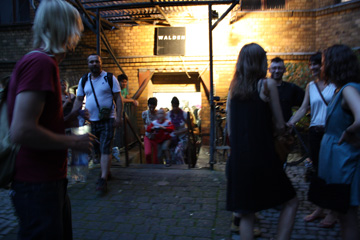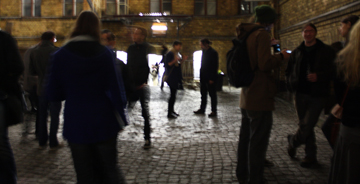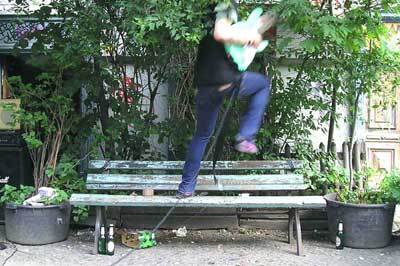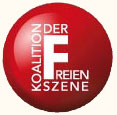Nobody wohnt hier nicht mehr
EVOL, Alekos Hofstetter, Robert Sokol
12.11. - 3.12.2021
Die Werke von EVOL, Alekos Hofstetter und Robert Sokol führen uns in der Ausstellung NOBODY WOHNT HIER NICHT MEHR bei WALDEN zu unterschiedlichen künstlerischen Aussagen über die Distanz, die unsere Gesellschaft inzwischen zur Architektur der Moderne und ihrem Fortschrittsgedanken unterhält.
Die Bildwelt des Werkzyklus TANNHÄUSER TOR des Berliner Zeichners und Malers Alekos Hofstetter ist maßgeblich von der Architektur der Moderne beeinflusst. In seinen Zeichnungen auf Papier spielt der Prozess des Nachdenkens über die Begriffe der Zeit und der Erinnerung eine entscheidende Rolle. Er konstruiert in seinen in Mischtechnik (u.a. Tusche, Buntstifte und Permanent-Marker) geschaffenen Zeichnungen durch Überlagerung von zeichnerischen Ebenen ein neues Verhältnis von Architektur zu ihrer Umgebung. Alleine durch das fortschreitende Verschwinden der nachkriegs-modernen Architektur aus unserer Umwelt wird das Scheitern ihrer einstigen utopischen Versprechungen offensichtlich und auch die daraus resultierende Verlusterfahrung wird in Hofstetters Werk thematisiert.
Robert Sokol nutzt die fotografische Darstellung von Architektur, um die sozialen Realitäten urbaner Verhältnisse sichtbar zu machen. Er fotografiert seine Heimat Berlin-Neukölln, mit ihren Straßen, öffentlichen Plätzen, Geschäften oder Cafés. Neben seinen Fotografien, die Passantengruppen oder Einzelne herausgreifen, oftmals als Momentaufnahme, sind für ihn ebenso essayhafte Abfolge und Milieustudien von Bedeutung.
Die Ausstellung "Nobody wohnt hier nicht mehr" setzt sich mit dem Verhältnis von Architektur zum Begriff des Fortschritts vor dem Horizont der Bildenden Kunst auseinander. Bildende Künstler_innen werden ähnlich wie Architekt_innen als Agenten des Fortschritts wahrgenommen. Die Fortschrittsmetapher wird bei der bildenden Kunst von dem Schöpferischen und der ästhetischen Diskursrelevanz bestimmt, wohingegen bei den Architekt_innen die Zurechnung eines Konstruktionsprinzips an einen Konstrukteur entscheidend ist. Somit garantiert der/die Architekt_in Kontrolle, Stabilität, Permanenz und Fortschritt in einer Welt, in der genau dies immer mehr unmöglich wird.
Im Sinne des Stofflichen, des Konstantseins und der zeitlichen Ausweitung des Architektonischen ist für den französischen Philosophen Jacques Derrida die Architektur die „letzte Festung der Metaphysik“, weil sie eine Präsenz darstellt, die nicht nur für sich steht, sondern sowohl für andere als auch für später. Architektur kann somit eine sichtbare Zumutung im Vergleich zu anderen Zumutungen sein, die verschwinden, sobald sie da waren.
Entscheidend ist in der Moderne die Idee, dass der Fortschritt einer einheitlichen Vernunft, einer Idee, einem Willen entspricht. Deswegen lässt sich der Begriff der Architektur als Metapher für den Bauplan nehmen. Und es ist deswegen nicht entscheidend, wie das Ästhetische aussieht, sondern dass im Ästhetischen selbst ein Konstruktionsplan wahrnehmbar wird.
Das Konstruktionsprinzip des Vernünftigen ist es, welches die Metapher des Fortschritts in der Moderne ausmacht. Und dies erklärt auch, warum Architekt_innen immer wieder über Dinge gefragt werden, die mit Architektur im engeren Sinne gar nichts zu tun haben. Man fragt sie danach, wie wir leben sollen.
Chronik, Archiv, Ausstellungsinformationen die galerie walden ist vermutlich der älteste berliner projektraum und
war bereits an vier standorten aktiv, hat international gastiert,
|
|
|
Öffnungszeiten: |
|
In the exhibition „Nobody wohnt hier nicht mehr“ at WALDEN, the works of EVOL, Alekos Hofstetter and Robert Sokol lead us to new artistic statements about the distance that our society now maintains to modernist architecture and its idea of progress.
The theme of the Berlin artist Evol is urban landscapes and buildings. Evol transforms rectangular shapes such as cardboard boxes or large concrete blocks into "architecture" by designing them as house facades. Inspired by the photographs that Evol takes on his forays through the city, the artist makes spray templates for his works: cardboard boxes become blocks of houses, and the grey electricity or telecom boxes on the street are converted into prefabricated buildings. At the forefront of Evol's work is the question of the social consequences of modernist architecture for our urban present. And the relevance of this artistic orientation is given an additional charge by the inexorably advancing process of gentrification and is depressingly topical.
The pictorial world of the cycle of works TANNHÄUSER TOR by the Berlin draughtsman and painter Alekos Hofstetter is significantly influenced by modernist architecture. In his drawings on paper, the process of thinking about the concepts of time and memory plays a decisive role. In his drawings created in mixed media (including ink, colored pencils and permanent markers), he constructs a new relationship between architecture and its environment by superimposing graphic layers.The progressive disappearance of post-war modern architecture from our environment alone makes the failure of its former utopian promises obvious and the resulting experience of loss is also addressed in Hofstetter’s work.
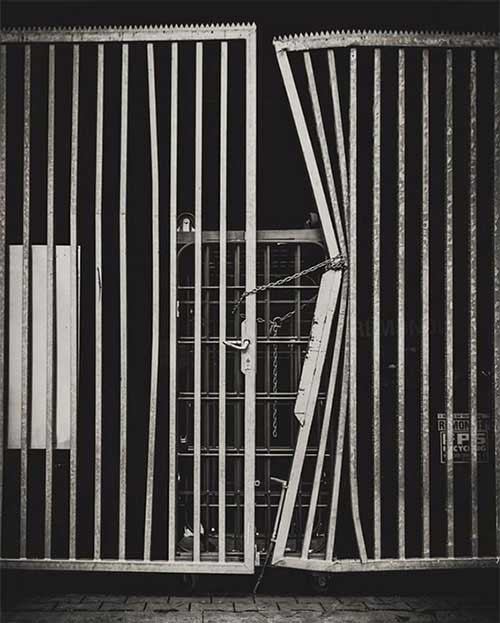 Robert Sokol uses the photographic representation of architecture to make the social realities of urban conditions visible. He photographs his homeland Berlin-Neukölln, with its streets, public squares, shops or cafés. In addition to his photographs, which single out groups of passers-by or individuals, often as snapshots, essay-like sequences and milieu studies are also important to him.
The exhibition "Nobody no longer lives here" deals with the relationship between architecture and the concept of progress against the horizon of the visual arts. Similar to architects, visual artists are perceived as agents of progress. In the visual arts, the metaphor of progress is determined by the creative and aesthetic discourse relevance, whereas in the case of architects, the attribution of a construction principle to a designer is crucial. Thus, the architect guarantees control, stability, permanence and progress in a world where this is becoming increasingly impossible. For the French philosopher Jacques Derrida, architecture is the "last fortress of metaphysics" in the sense of the material, constantness and temporal expansion of the architectural, because it represents a presence that stands not only for itself, but for both others and later. Architecture can thus be a visible imposition compared to other impositions that disappear as soon as they were there. The decisive factor in modernity is the idea that progress corresponds to a unified reason, an idea, a will. That is why the concept of architecture can be used as a metaphor for the building plan. And it is therefore not decisive what the aesthetic looks like, but that a construction plan itself becomes perceptible in the aesthetic. Abb.: 1. Alekos Hofstetter, Wolfsschlucht II, 2018, Acryl-Marker, Tusche, Permanent-Marker auf Papier
2. EVOL, The Garden of Edena (pt.I), Installation unter einem Feigenbaum in einem ehemaligen Gefängnishof,
LAC, Lagos, Portugal, 2019
3. Robert Sokol, unbetitelt, 2020, SW-Fotografie
6. Beitrag im Rahmen der Schaufensterzeitung EDITh.
Wir danken dem Bezirksamt Neukölln von Berlin, Fachbereich Kultur,
|
|
|
RGB / Reinhold Gottwald |
|
|
temporäre Projekte und Orte • 2016 - 2018 raumohneraum
komisches Tier vs. kosmisches Tier Standort Hufelandstraße 35 • 2012 - 2015 Stories / Pasi Granqvist
Standort Potsdamer Straße 91 • 2009 - 2012
Standort Kastanienallee 86 • 1994 - 2009 MEIN RECHT IST DEIN
RECHT AM EIGENEN BILD
|
WK -Trailer auf YouTube - 2021 https://www.youtube.com/watch?v=ERjduM610ZM „We are still alive!“ „We are still alive!“ (Frei nach dem Konzeptkünstler On Kanwara.) Wir haben einen neuen Trailer von Walden Kunstausstellungen veröffentlicht! Wir würden uns sehr freuen, wenn Sie 6:30 Minuten Zeit für uns haben und einmal reinschauen
|
|
links: ventilator 24 blog / barbiche / a.i.p. / freies-museum / directorslounge.net / neues problem / kulturpalast wedding international / rondeel // quartair / fmab / joy markert / meinblau / westwerk / suomesta galleria / floppy myriapoda / Prolog / egalbar / Staatsgalerie /rumbalotte continua INDEPENDENT SCENE COALITION – The Beginning of a Campaign http://www.projektraeume-berlin.net/001/
|
|
|
|
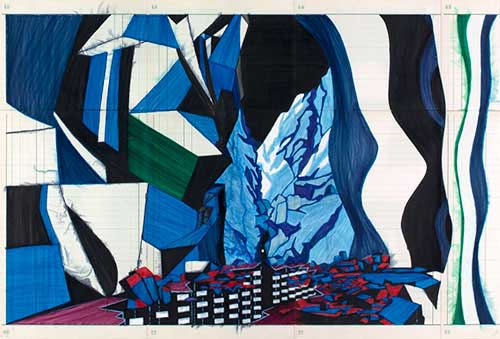
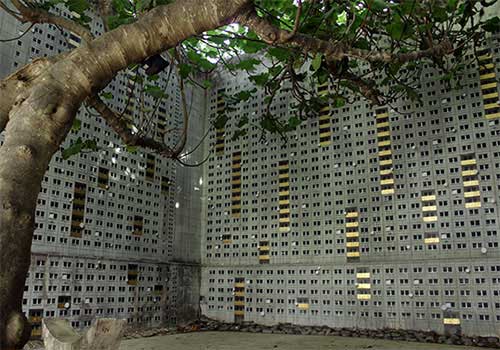 Das Thema des Berliner Künstlers Evol sind urbane Landschaften und Gebäude. Evol verwandelt rechteckige Formen wie Kartons oder große Betonblöcke in „Architektur“, indem er sie als Häuserfassaden gestaltet. Inspiriert durch die Fotografien, die Evol auf seinen Streifzügen durch die Stadt macht, fertigt der Künstler Sprühschablonen für seine Werke an: aus Kartons werden Häuserblöcke, und die grauen Strom-, bzw. Telekomkästen auf der Straße werden zu Plattenbauten umgewandelt. Im Vordergrund von Evols Schaffen steht die Frage nach der sozialen Konsequenz der Architektur der Moderne für unsere urbane Gegenwart. Und die Relevanz dieser künstlerischen Orientierung erfährt eine zusätzliche Aufladung durch den unaufhaltsam fortschreitenden Prozess der Gentrifizierung und ist von bedrückender Aktualität.
Das Thema des Berliner Künstlers Evol sind urbane Landschaften und Gebäude. Evol verwandelt rechteckige Formen wie Kartons oder große Betonblöcke in „Architektur“, indem er sie als Häuserfassaden gestaltet. Inspiriert durch die Fotografien, die Evol auf seinen Streifzügen durch die Stadt macht, fertigt der Künstler Sprühschablonen für seine Werke an: aus Kartons werden Häuserblöcke, und die grauen Strom-, bzw. Telekomkästen auf der Straße werden zu Plattenbauten umgewandelt. Im Vordergrund von Evols Schaffen steht die Frage nach der sozialen Konsequenz der Architektur der Moderne für unsere urbane Gegenwart. Und die Relevanz dieser künstlerischen Orientierung erfährt eine zusätzliche Aufladung durch den unaufhaltsam fortschreitenden Prozess der Gentrifizierung und ist von bedrückender Aktualität.